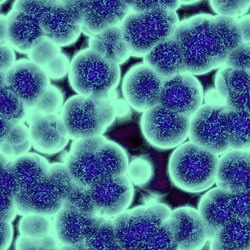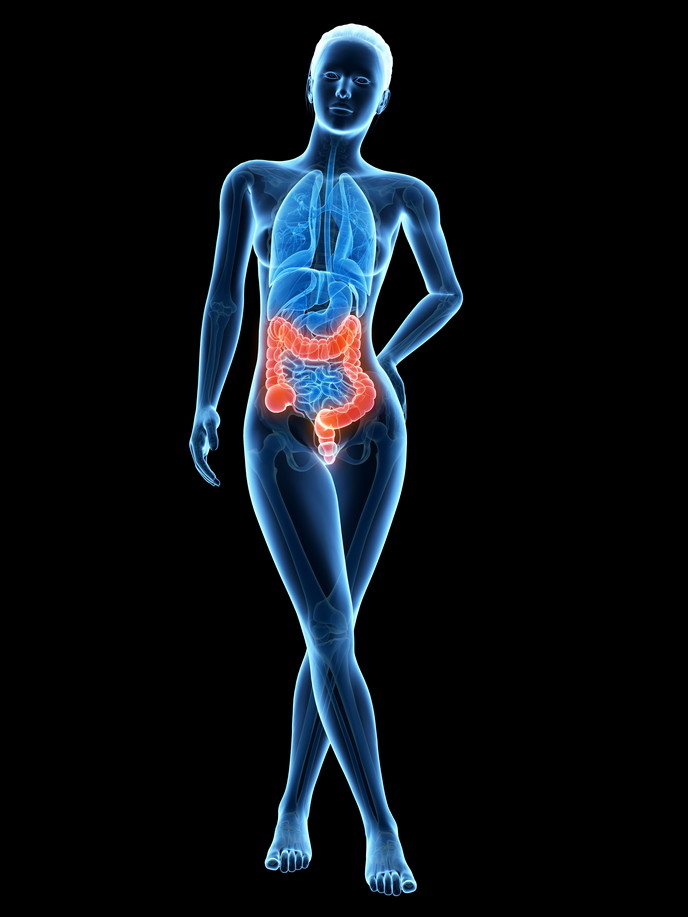Studying programmed cell death
Genes controlling apoptosis – the best studied type of PCD – were originally identified in the worm model C. elegans and subsequent research has discovered related mammalian apoptotic pathways. Similarly, there are other known and unknown forms of PCD which are highly conserved among species. Broadening the experimental evidence on PCD regulators was the subject of the EU-funded ‘Programmed cell death across the eukaryotic kingdom’ (Transdeath) initiative. Partners chose to perform comparative research on diverse organisms across the eukaryotic kingdom in order to produce knowledge on genes and biochemical processes that regulate PCD. The Transdeath research work was concentrated on less studied mechanisms of cell death other than apoptosis. The information generated would then be used to understand corresponding types of cell death in mammals, in particular humans. For example, scientists tried to relate plant leaf senescence at the end of growth season with the PCD incurred during pathogen infection. The goal was to relate these PCD forms to autophagy processes in animals or cell death during the development of reproductive structures. The diversity of genes & biochemical pathways that control PCD of diverse types was characterised and functionally compared between organisms. The generation of genetic and functional models helped researchers understand how PCD processes evolved across species and how the core mechanisms have been phylogenetically conserved. This information provides new insight into the role of PCD during development and homeostasis.







